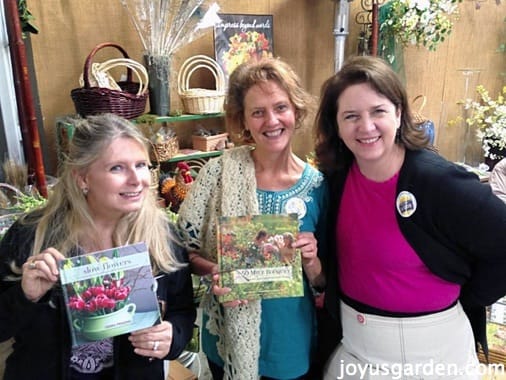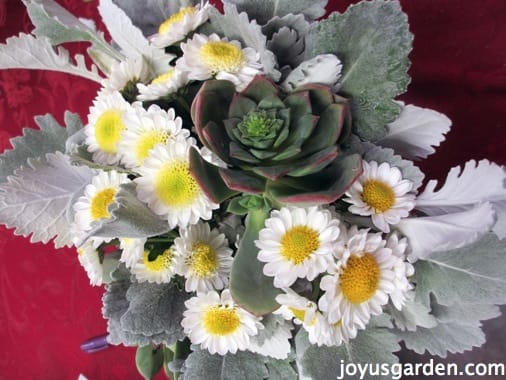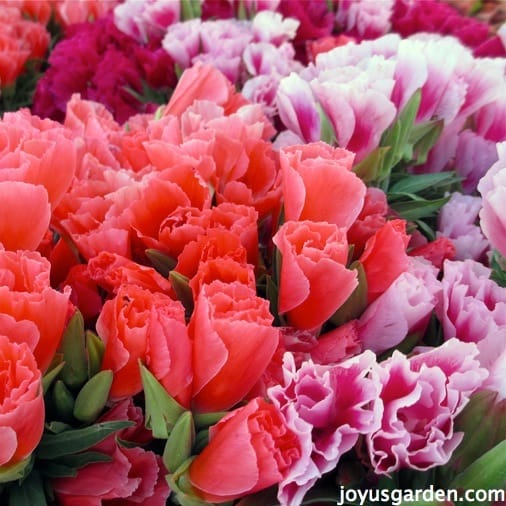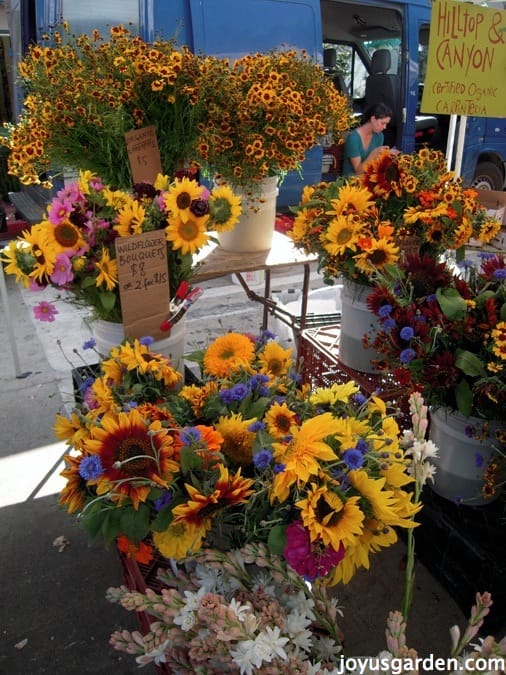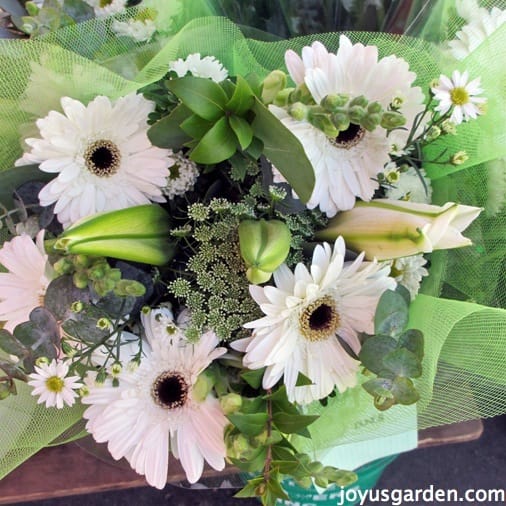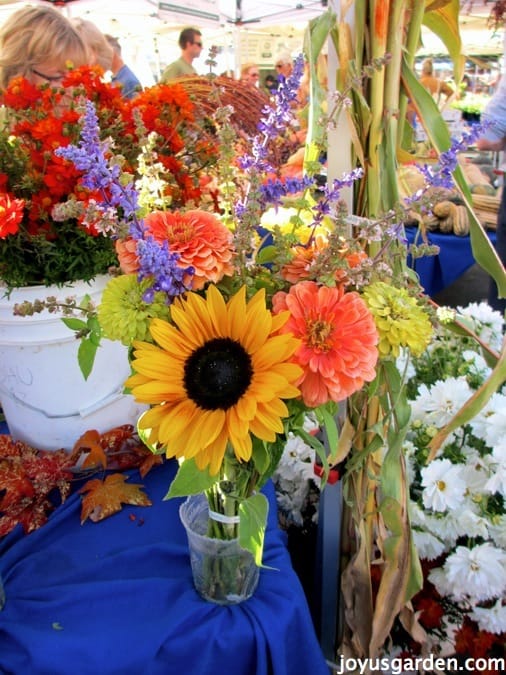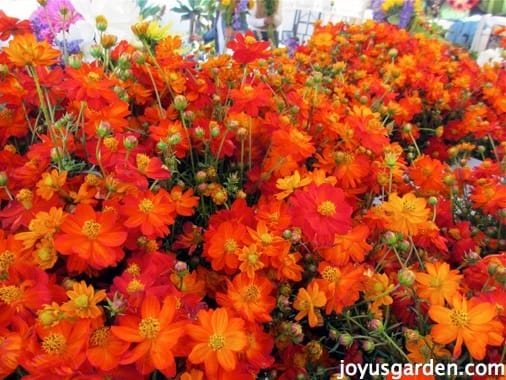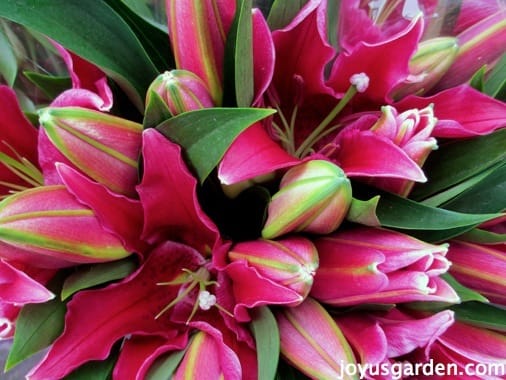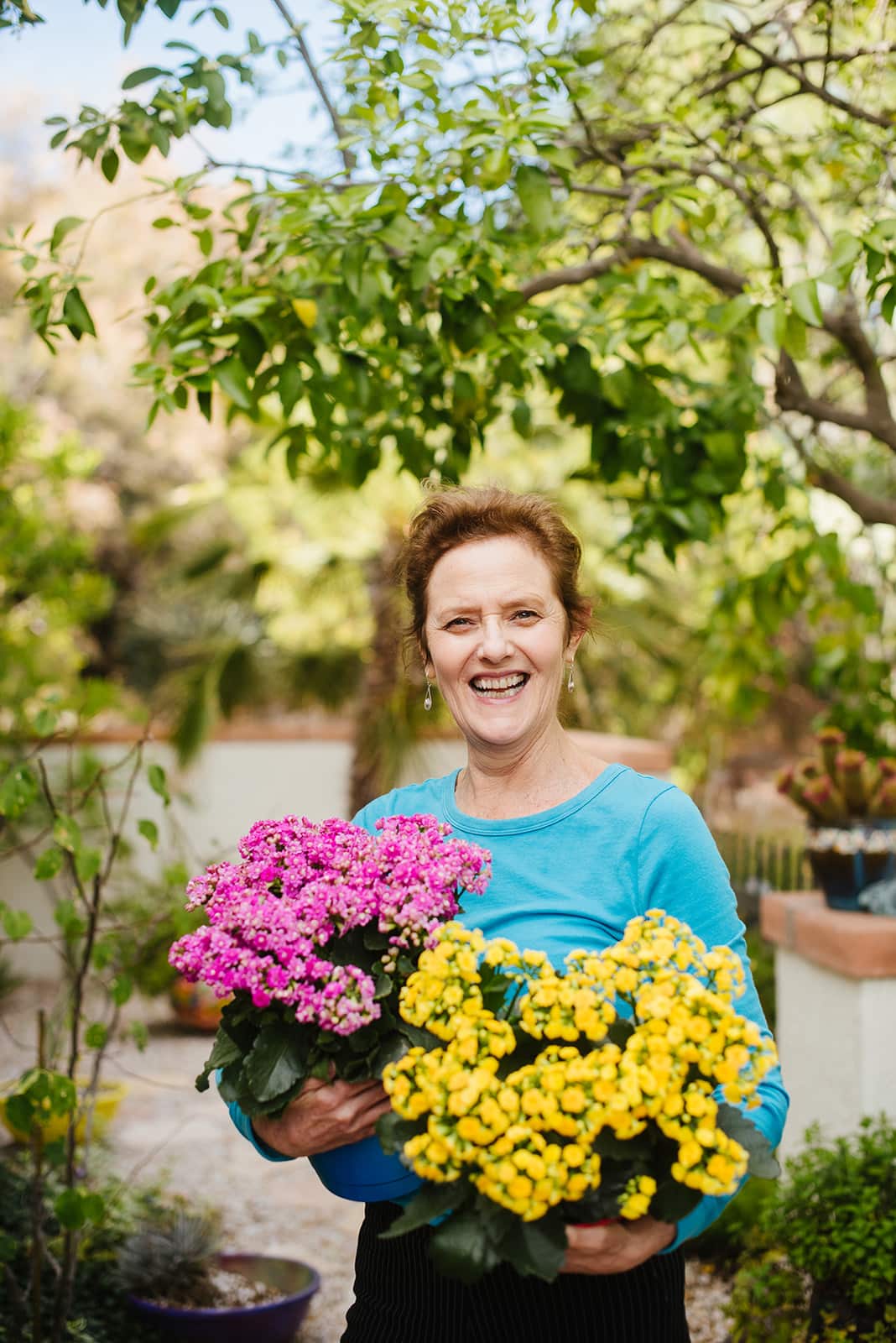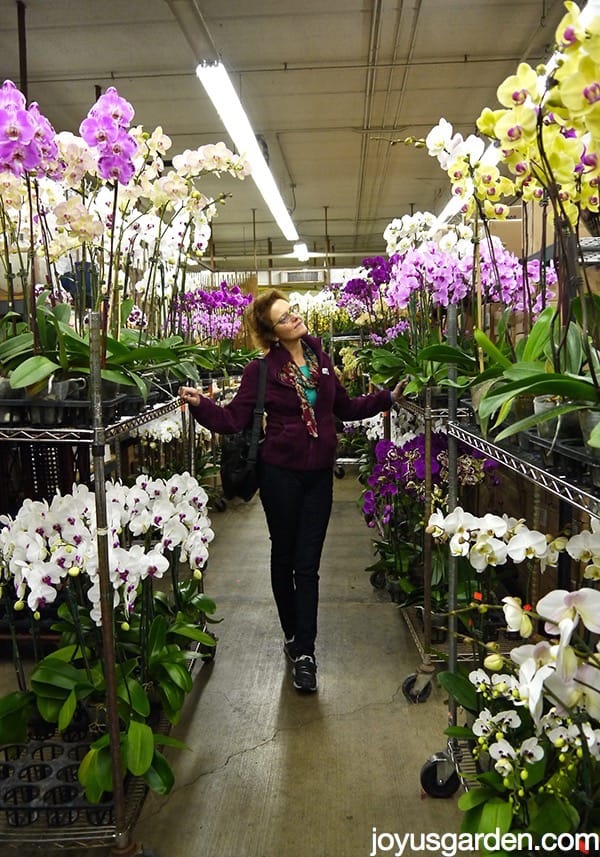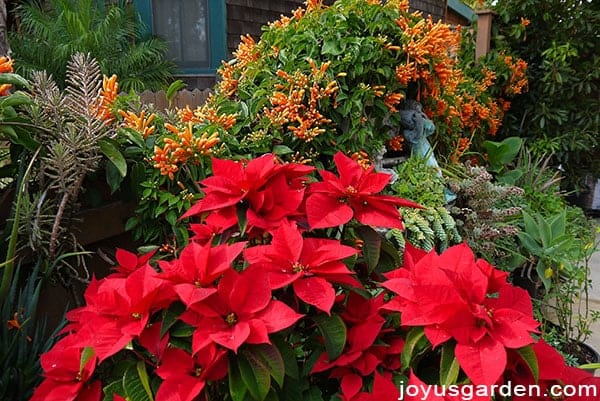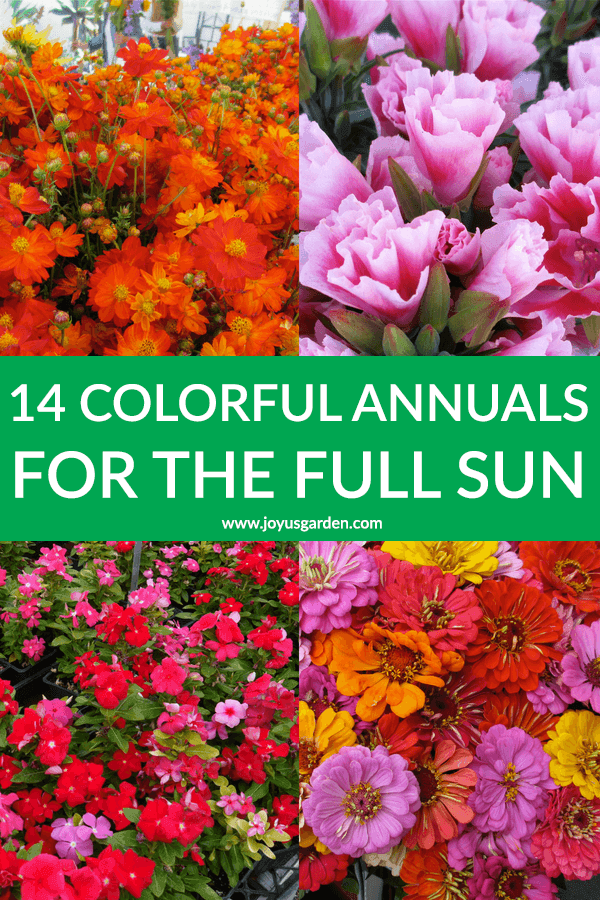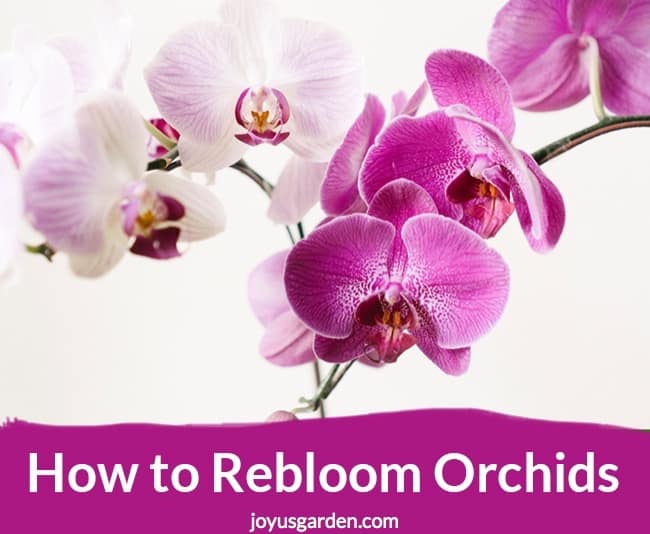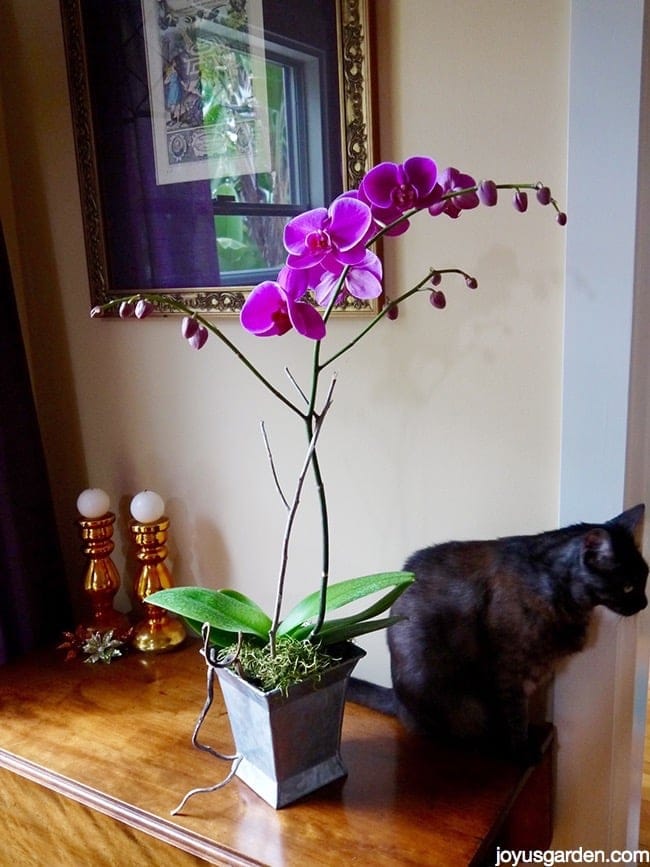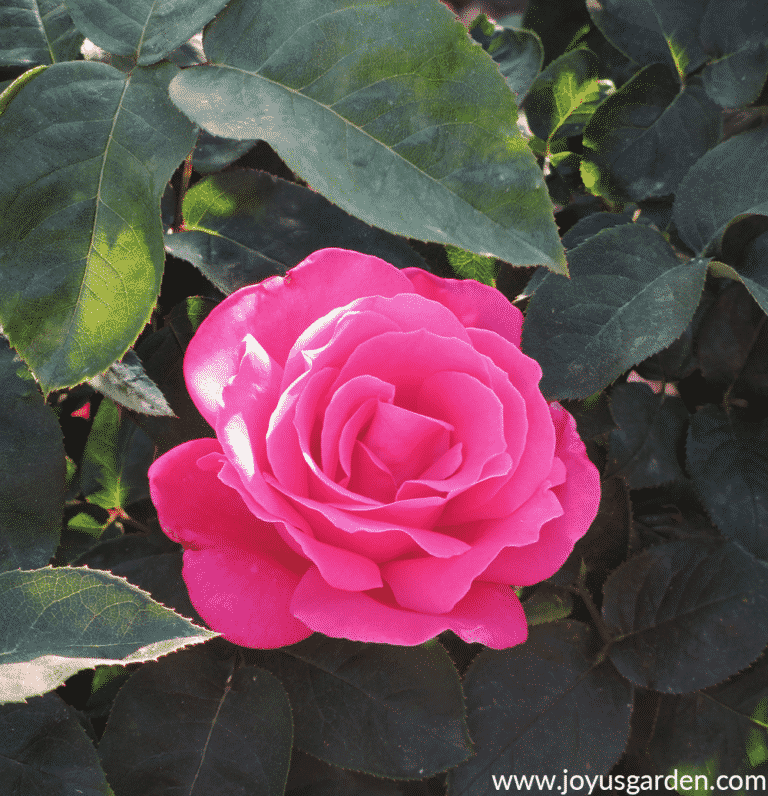Fabulous Fresh Cut Flowers
It’s summer – floral abundance is everywhere! I love love love flowers both in my garden and in my house. Although my own garden is mainly succulents, bromeliads and Mediterranean plants, I’m fortunate to live in an area where I get beautiful, locally grown flowers at our Santa Barbara Farmers Market every week. Debra Prinzing, outdoor living expert and author of the books 50 Mile Bouquet and Slow Flowers, answered a few questions for me that you’ll definitely want to check out. Scroll on down to find her answers, a few of my tips on keeping flowers fresher longer and of course, a video.
All the pictures you see in this post were taken at our farmers market throughout the year. Some are organically grown in the field by farmers and some are sustainably grown in greenhouses in nearby Carpinteria which happens to be one of our country’s top cut flower growing regions. I met Debra Prinzing at her book signing and floral demo as part of the annual Carpinteria Greenhouse and Nursery tour this past April. The arrangements she made that day were simple, beautiful and creative so I hope this post inspires you to do the same.
Debra Hempe, me & Debra Prinzing with 2 of her books
1 of the sweet arrangements Debra made that day at the demo
Here are my questions along with Debra’s answers. You can find out more about her and visit her beautiful blog at debraprinzing.com
1) Are you seeing an increase in interest for locally grown flowers?
2) Is there a market for organic flowers?
3) What are 3 of the hottest trends you see in floral arranging right now?
4) What are a few ideas for containers or vases that people may not have thought of?
* Vintage American pottery (the perfect companions for American flowers): My absolute favorite choice for arrangements include McCoy, Haeger, Floraline, Bauer, Hull and other containers from the 1930s through the 60s. Flea markets, thrift stores, antique malls, grandmother’s china cabinet . . . all are great sources for vintage inspiration.
5) What are your 5 favorite flowers for a cutting garden?
6) Are you working on another book these days?
Thanks for asking! I am not writing another book (yet) but I am working with my development team to create SlowFlowers.com, which will be launched as a Beta site this fall. Slowflowers.com is a nationwide Online Guide to florists, shops and studios that design with American-grown flowers. Free to consumers, this directory-style site makes it easy to find a florist in any state, a studio or florist who will hand-craft a beautiful gift arrangement, design a luscious wedding bouquet or create a dazzling centerpiece using ONLY American-grown flowers, foliage, branches, berries and other enticing botanicals. Designers, florists and flower farmers who join SlowFlowers.com will be part of an exciting forum that connects eco-conscious consumers with American-grown flowers. Floral businesses are invited to showcase their own Slow Flower story and mission and share a gallery of photography that informs and inspires future customers.
Now I’m going to share with you some ways you can keep your cut flowers fresher.
* Don’t buy flowers that look droopy or old – they won’t miraculously perk up when you get home.
* Get your flowers into water as soon as possible – don’t buy them & then go to a movie.
* Cut them, at an angle, as soon as you get them home & put them in cool water.
* Keep the foliage out of the water – strip it off if need be.
* Add the little packet of preservative or flower food that may come with them or simply use a little sugar & bleach. Sprite or 7-Up works fine too.
* Don’t place them in a hot window or next to a heater – remember they’re flowers, not cacti.
* Add water if need be (some flowers will drink a lot) & change the water every 4-5 days.
Looking at my vases of flowers throughout the day make me smile – always. I support locally grown flowers and the “American Grown” flower movement every week. I hope you will too
This post may contain affiliate links, you can read our policies here.
- About the Author
- Latest Posts
Nell, the founder of Joy Us garden, was born into a gardening family and grew up in Connecticut’s countryside. After living in Boston, New York, San Francisco, & Santa Barbara, she now calls the Arizona desert home. She studied horticulture & garden design, working in the field all her life. Nell is a gardener, designer, blogger, Youtube creator, & author. She’s been gardening for a very long time & wants to share what she’s learned with you.
